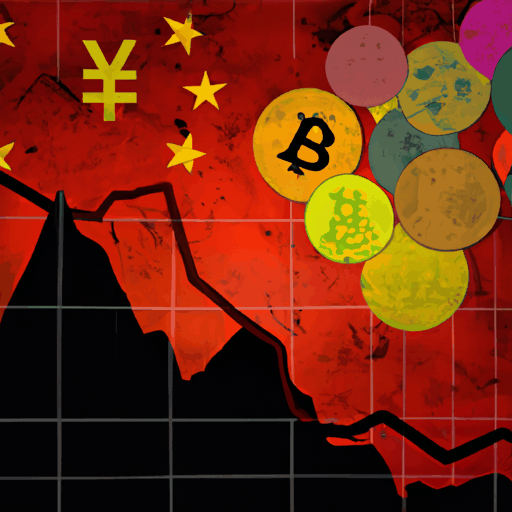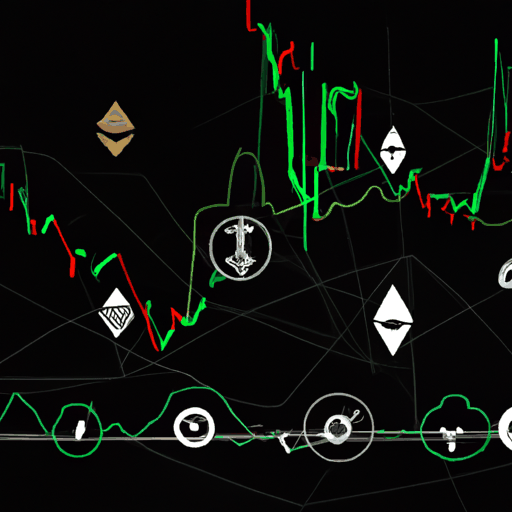
Bitcoin Plummets Amid Trade Tensions Between the US and China
By: Isha Das
Bitcoin faced a severe downturn after US President Donald Trump announced a potential escalation in tariffs against China. This announcement stemmed from China’s new restrictions on rare-earth exports, which are critical for various high-tech applications. As of recent reports, Bitcoin fell as much as 7% with valuations reaching below $110,000, marking a significant slip in its price. The liquidations of crypto assets touched a staggering $9 billion over a 24-hour period, with a major portion of it, approximately $600 million, occurring shortly after Trump's controversial statements on social media.
In a direct address on Truth Social, President Trump called out China's actions as monopolistic, proposing a 100% tariff on Chinese products entering the American market. This move was retaliatory against China’s imposition of export controls that targeted rare-earth elements, pivotal in technologies such as semiconductors and AI applications. Rare-earth controls by China have long been anticipated to cause bottlenecks in supply chains, a reality that is beginning to unfold as traders brace for broader market impacts.
The repercussions of this geopolitical standoff extend beyond the realms of cryptocurrency. Significant declines in major stock indices, including the NASDAQ and S&P 500, reflect a broad hesitance among investors. Worldwide, there is an increasing unease over the policies being adopted by both nations, with European officials also voicing concern over the escalating tensions. The ramifications of these market movements underscore the sensitive link between geopolitical developments and economic stability.
Moving forward, the global market now girds itself for further announcements from both sides. Trump’s promise to financially counteract China's move could lead to further volatility and risk aversion in the markets. Given China's dominance in rare-earth production, projected at 70% globally, the stakes in this economic tussle are particularly high. Investors, policymakers, and industry leaders are closely monitoring how these policies will influence not only market trends but also the broader geopolitical landscape over the coming weeks and months.



